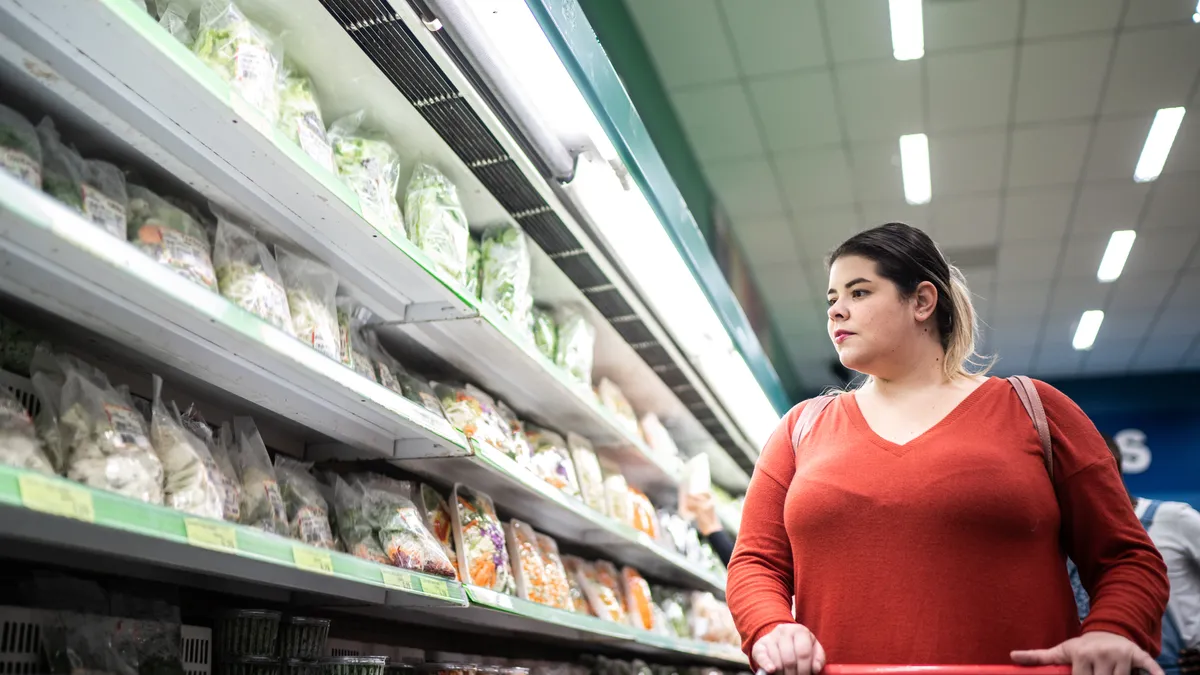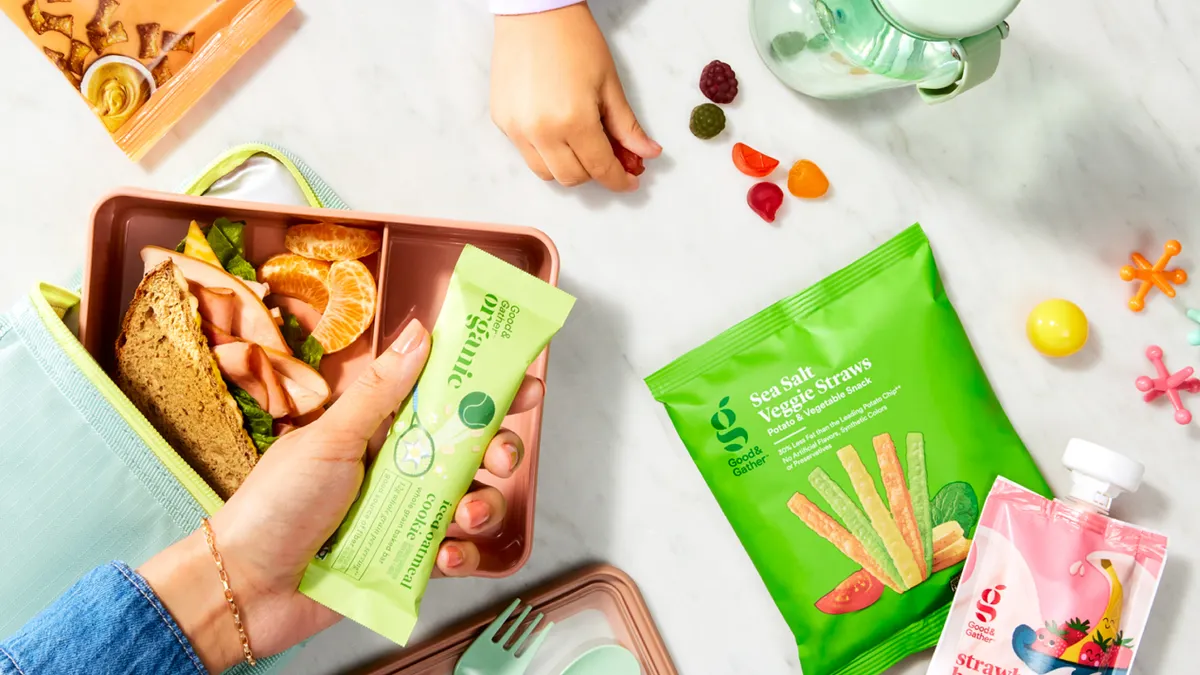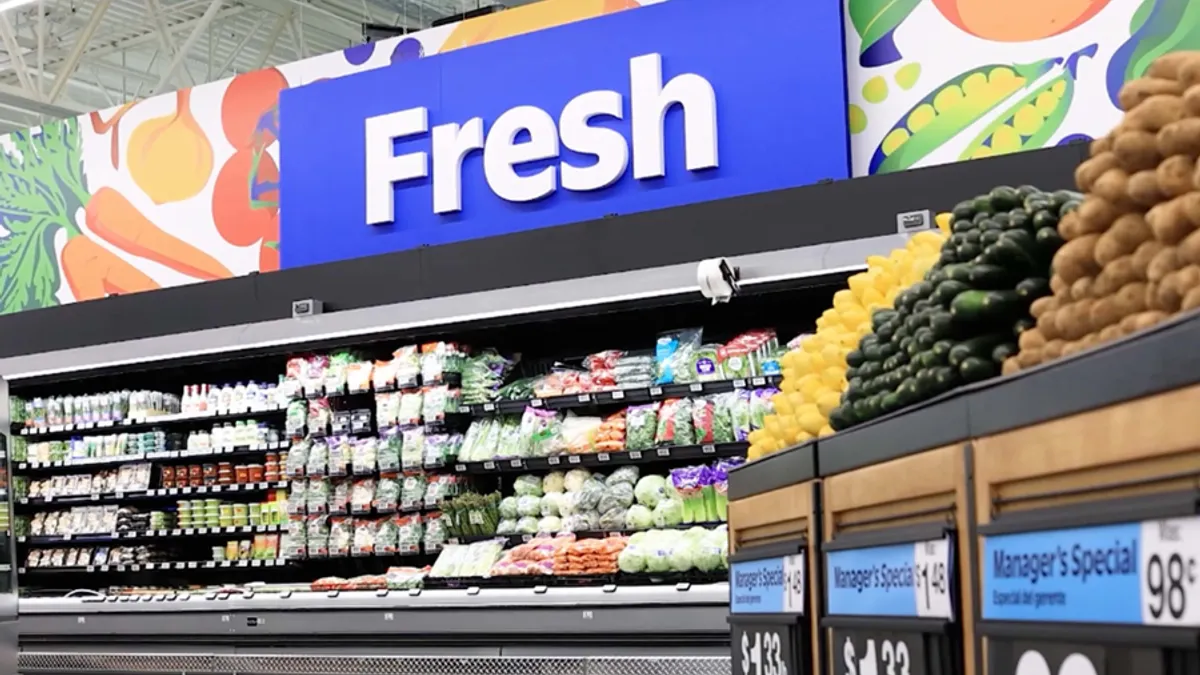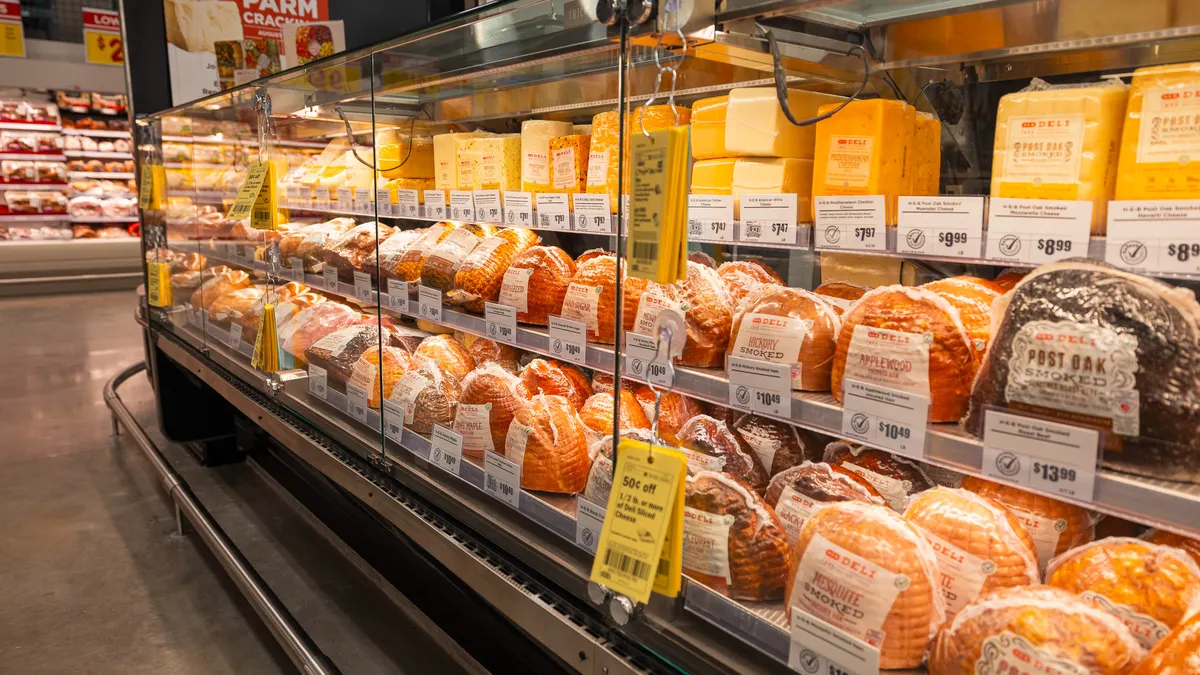Following a year of record inflation in 2022, grocers and consumers are starting to see inflation begin to taper. Still, high costs and their impact on retailers and consumer behavior will continue throughout the year.
On Wednesday, experts from the Food Industry Association (FMI) provided insight and guidance into how inflation may play out for the rest of the year, how high food prices have impacted key fresh categories and ways retailers can turn to private brands.
“After a really tough 2022, we anticipate that there could be further volatility in terms of inflation rising and falling in the coming months. And it’s likely that food prices will remain elevated in the short term,” FMI’s Vice President of Tax, Trade and Sustainability Andy Harig said on the call.
While inflation and food-at-home prices have been coming down in recent months, grocers and their customers likely won’t see prices drop on store shelves for a while.
“I really think and hope that we're on track towards much more normal year-over-year food price inflation going into 2024,” Dr. Ricky Volpe, associate professor of agribusiness at Cal Poly, said on the call. “I don't think we'll hit it this year, but maybe next year.”
What does the future hold for inflation?
The latest Consumer Price Index (CPI) data showed that inflationary price increases are not resetting as fast or as uniformly as consumers want, Harig said.
The 10.2% increase in food-at-home prices’ annual rate in February was down from the 11.3% recorded in January and 11.8% in December 2022, per the latest CPI data from the U.S. Bureau of Labor Statistics. Overall inflation continued to drop in February to a yearly pace of 6% — the smallest 12-month increase since the period ending September 2021, per the BLS.
“The idea is that inflation is stabilizing to a point where, eventually, we're going to reach normalcy again, and this past update was a step in that direction,” said Volpe, who specializes in food retail and supply chain management.
While farm commodity-level food price pressure is abating, with corn, soybeans, rice and barley seeing flat or decreasing prices, consumers won’t see the impact of that for a while, Volpe said.
“If the pressure valve comes off at the very, very start of the food supply chain, that really, really takes time to transmit through the food supply chain into retail shelves,” he noted.
Some categories are facing specific issues that could see very high food prices continue through 2023 — including eggs, largely due to the avian flu, and wheat and oils because of the Russo-Ukrainian War’s impact on global exports, Volpe said.
Because it will take a while for the deflating commodity cost increases to reach consumers, shoppers still have heightened concerns about inflation, Harig said.
Forty-eight percent of respondents in February said they are very concerned about rising food prices, up 8 percentage points from October, per FMI research shared during the press call. Meanwhile, 43% of consumers surveyed in February said they worried about having enough money to pay for the food they need, up from 35% who said the same in October.
Consumer perception of inflation is distorted, with people thinking it’s roughly twice as bad as it really is, per FMI survey findings cited by Harig.
“There are positive signs in play that make us cautiously optimistic that, hopefully, the worst of food price inflation is behind us, but it's clear we aren't out of the woods yet,” Harig said.
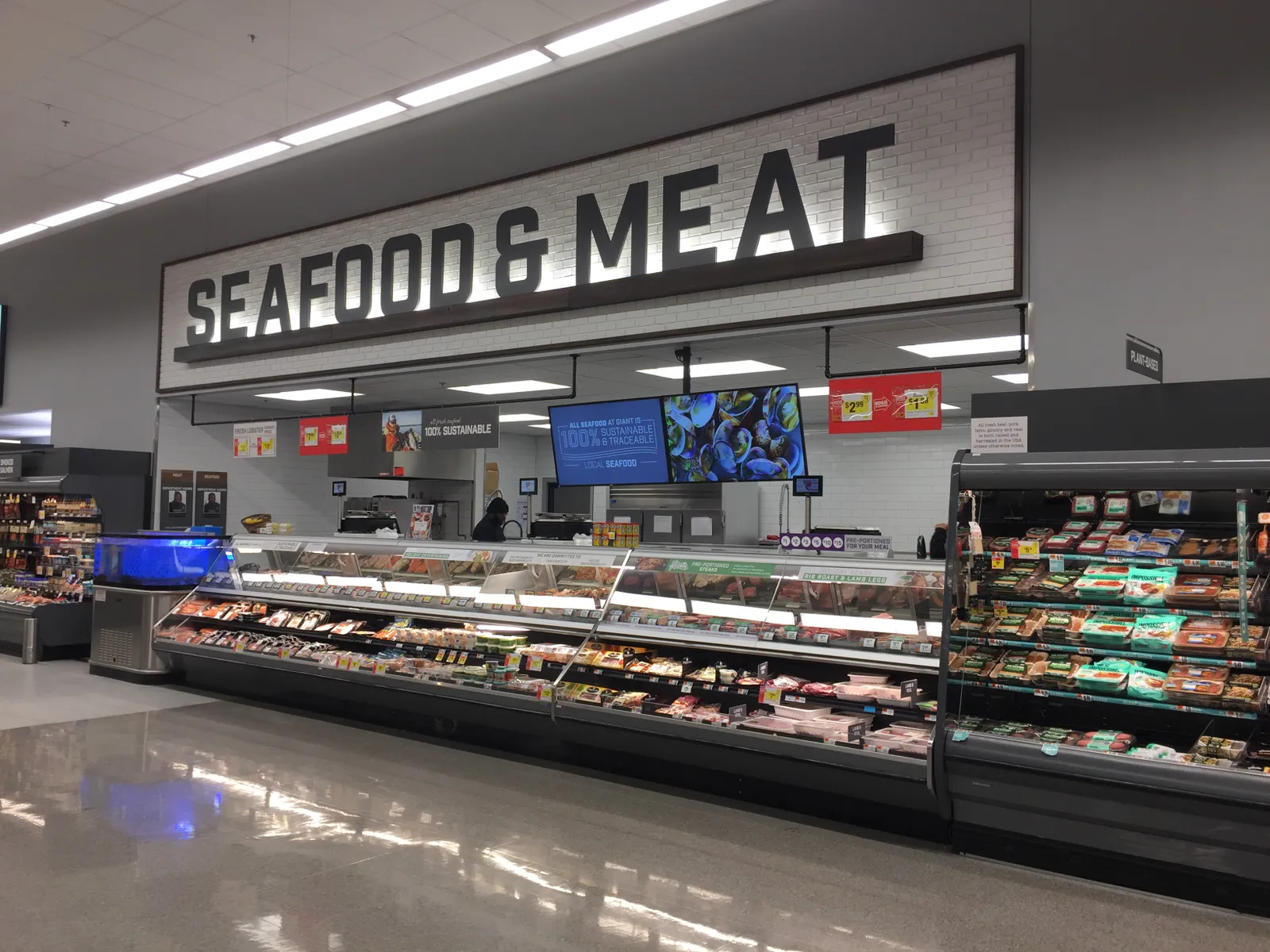
How fresh food categories are faring
FMI executives highlighted category-level research by the trade group that explores how consumers have reacted so far under inflationary pressure and how their shopping habits may shift in the future.
Once inflationary pressures ease, FMI is expecting seafood to rebound, FMI Vice President of Fresh Foods Rick Stein said on the call. That category saw sales drop 3.8% in 2022, reversing a two-year trend of sales spikes, Stein said, noting that the shift was due to consumers turning away from fresh and frozen fish seafood to more affordable proteins.
In a positive sign for seafood, sales in 2022 were higher than they were in 2019, which suggests consumers have become more comfortable with cooking seafood at home, Stein said.
Meat, meanwhile, has still “reigned supreme” as consumers’ top protein choice, but there are some signs that popularity could shift, Stein said. FMI research has found that 33% of shoppers say they're actively trying to reduce their meat and poultry consumption for costs, health or environmental reasons.
When asked what protein they would choose if the prices were the same, 33% of consumers said beef, 32% chicken and 25% seafood, per the FMI research shared.
Produce department sales increased 4.8% in 2022 to $74.5 billion, but its volume was down 4.2%, per FMI research shared during the call. Consumers have turned toward more canned and frozen fruits and vegetables and shied away from organic options, Stein said, noting there’s heightened consumer demand for options that make meal prep more convenient, such as pre-washed and pre-cut.
Looking to tap into the concept of making at-home cooking easier, some grocers have packaging and merchandising centered around on how to put a meal together, Stein said, noting that’s a trend that will likely continue.
“We're seeing it in the produce department, the meat department and the seafood department, as well as the deli food service department — items that are either partially ready-to-heat, ready-to-eat, already pre-seasoned,” Stein said.
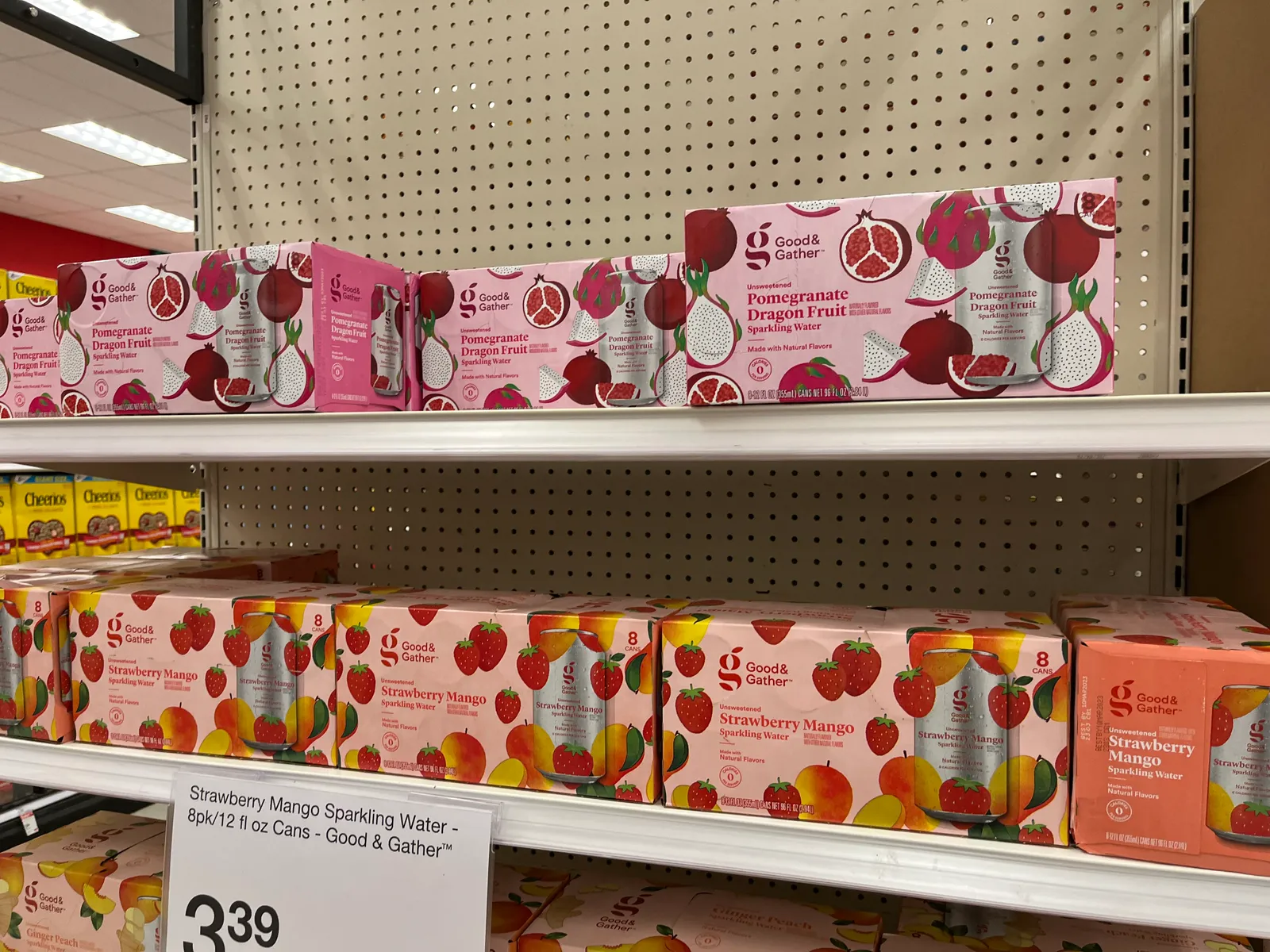
Opportunities with private brands
FMI executives stressed the importance of innovation and evolution with store brands.
Grocers, they said, are aggressively seeking market share gains with their private brands and using them to reinvent their images and differentiate themselves, Harig said. They’re turning to SKU expansion, improvement of private brand quality and the development of new marketing approaches that are similar to national brand promotions.
“Retailers reported having strong goals for their private brand portfolio with a current average dollar share of 18% and an ambitious goal of 22.6% in the next two years,” Harig said, noting there are “a number” of retailers who want to push that to 30%.
He highlighted the rise of vertically integrated store brands in the U.S., which is allowing grocers — mainly large ones — to produce and manufacture private brands from the ground up. That’s helping grocers become more competitive with national brands, Volpe noted.
Volpe said vertically integrated private brands are most prominent in the center aisle, in areas such as frozen, condiments and cereal.
“Private labels are effective in cutting down a series of transaction costs and getting at the root cost of food and making these foods more available to customers at a lower price,” he said. “And vertically integrating private labels only pushes things further in that direction [by] cutting out transaction, cutting out outsourcing, cutting out labeling, cutting out additional marketing.”



